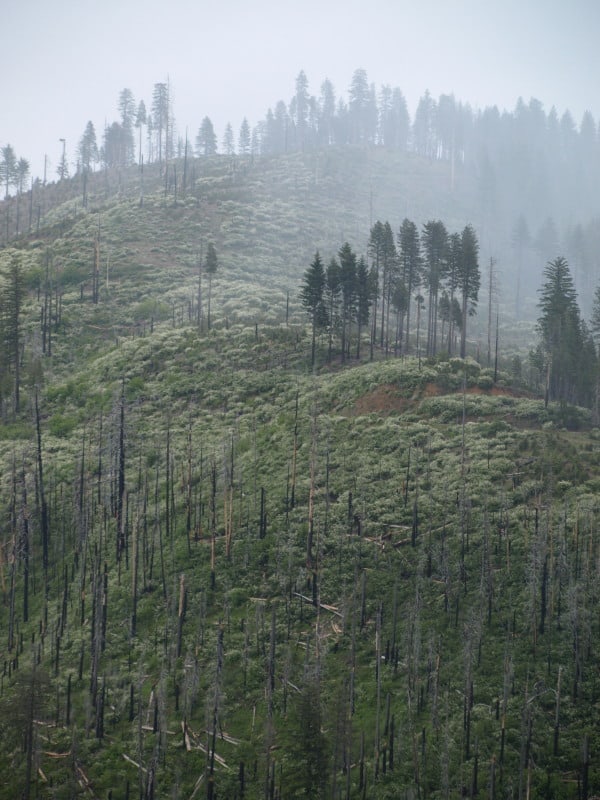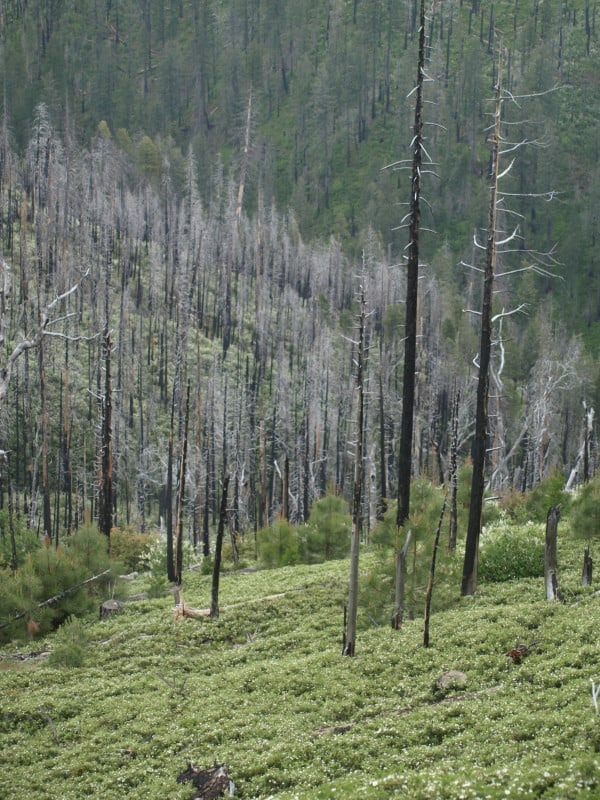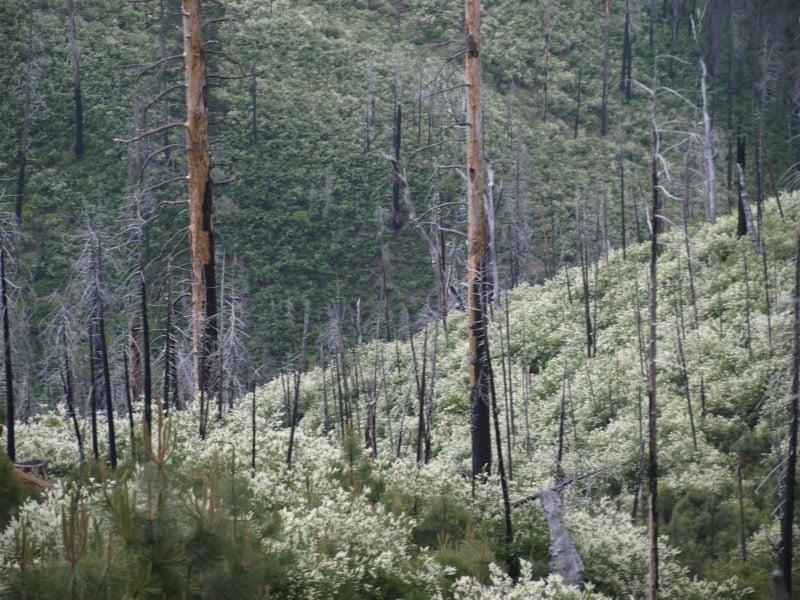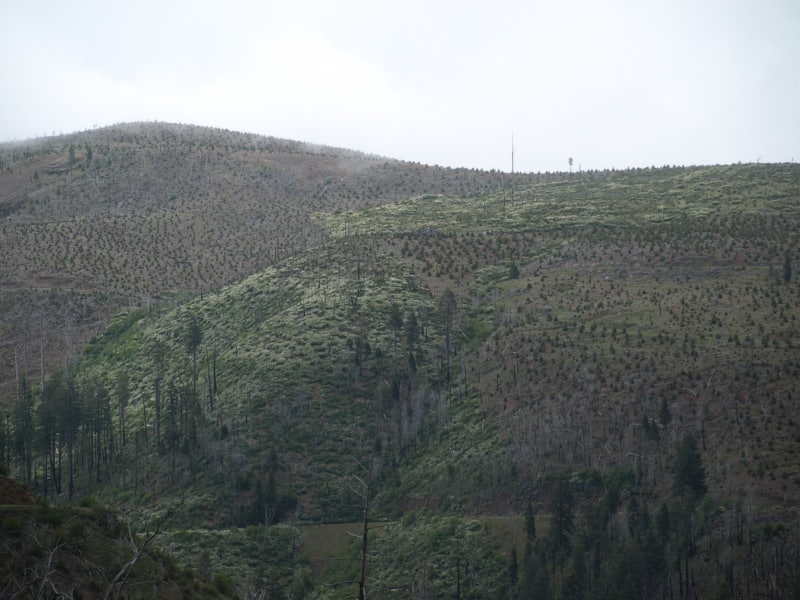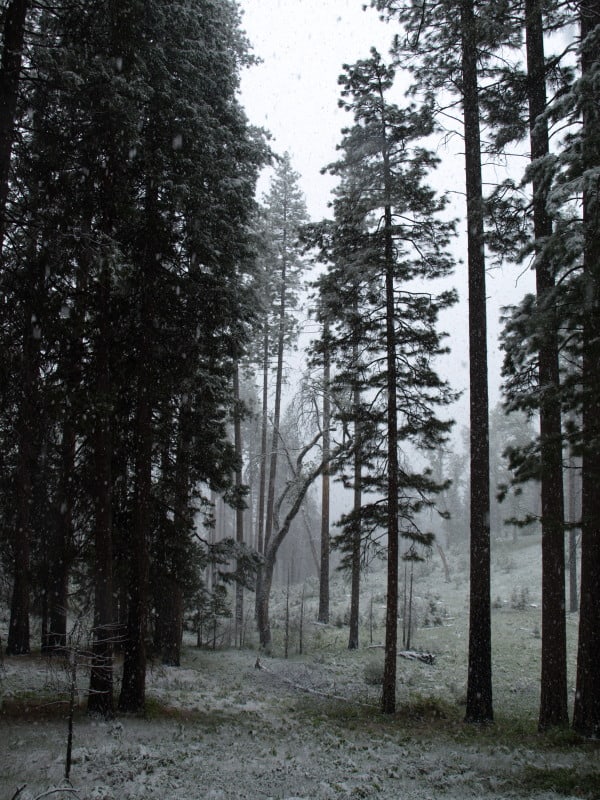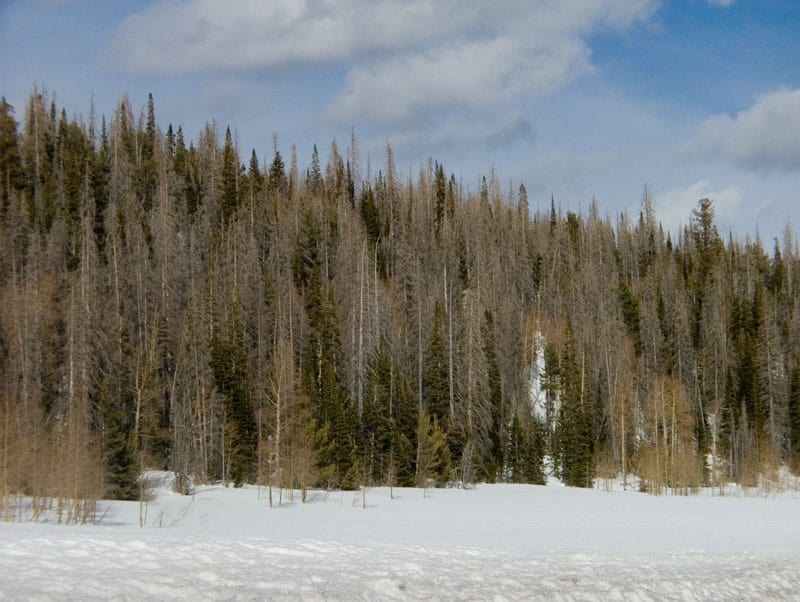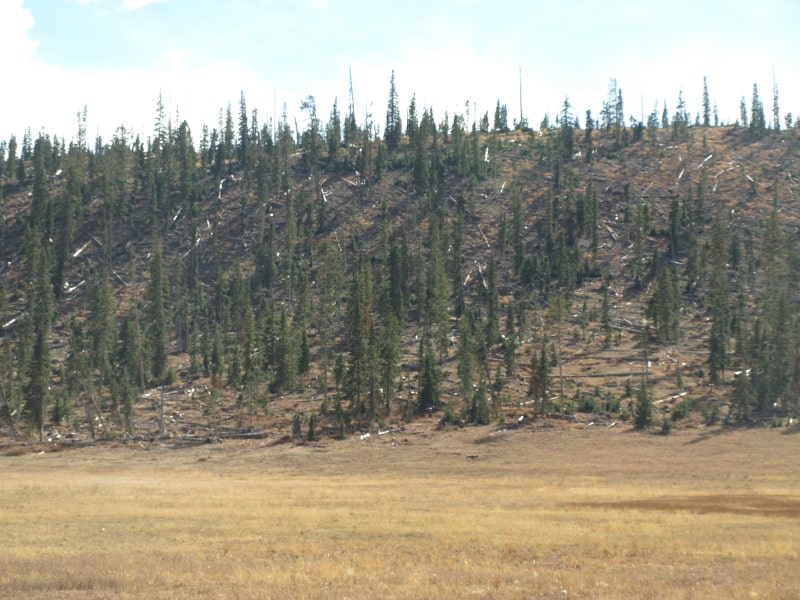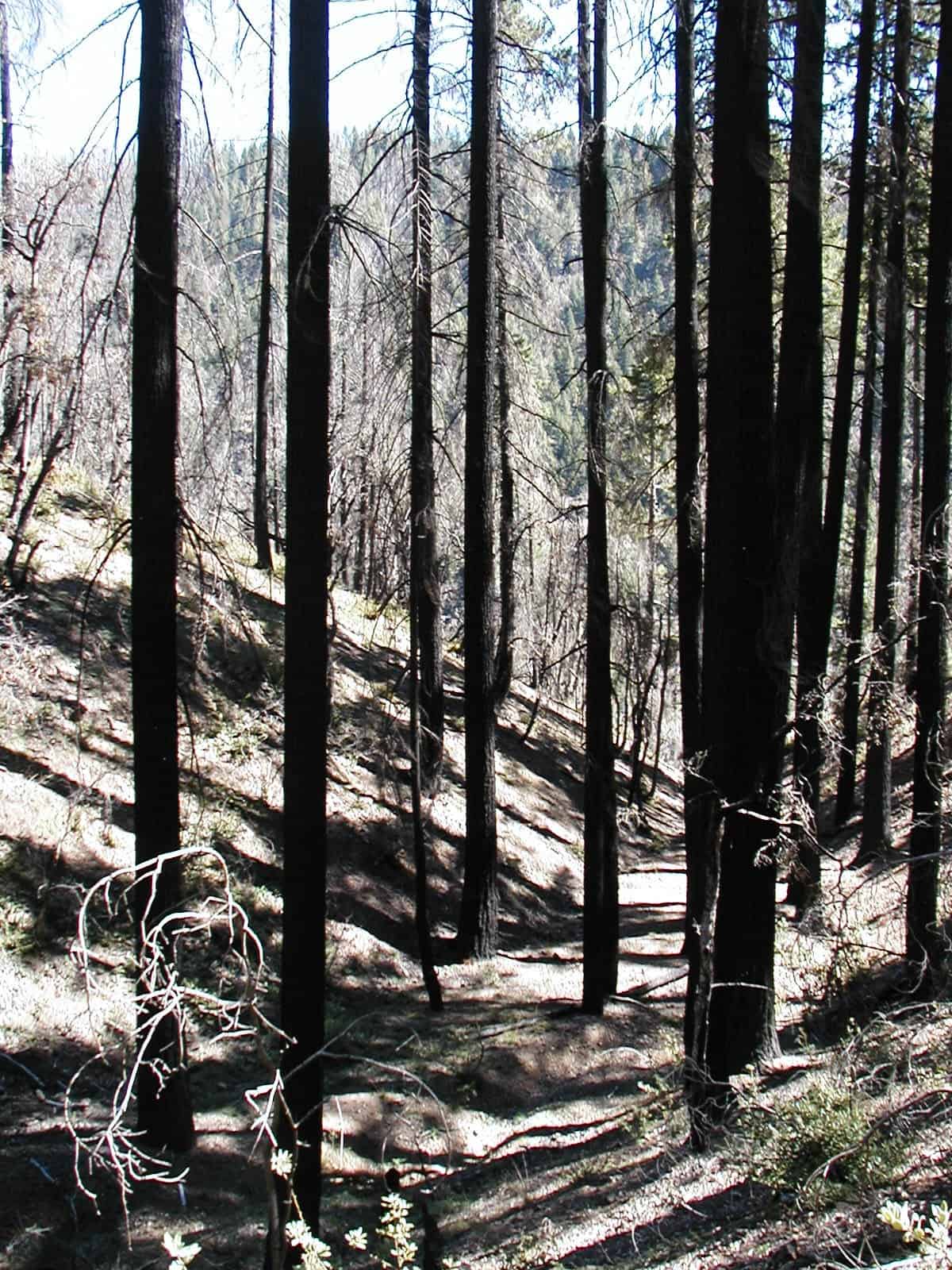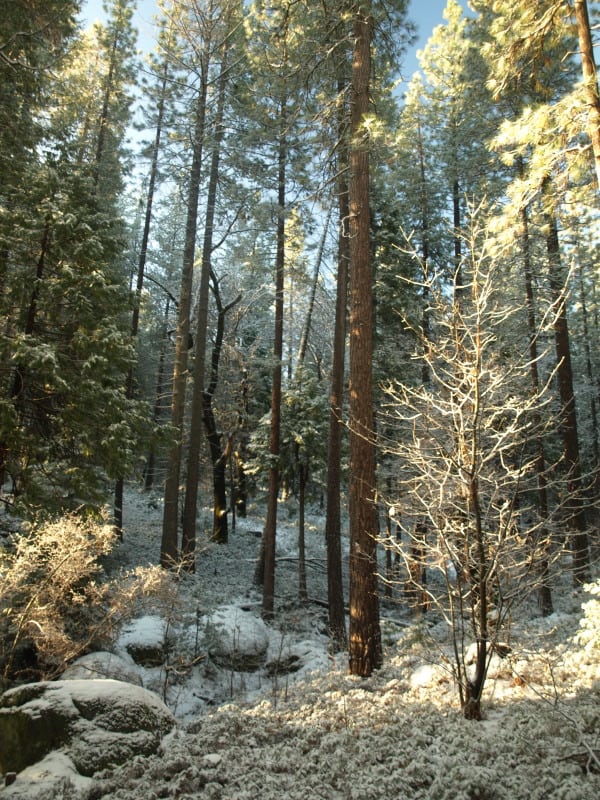In looking over a Record of Decision, I found some new and old stuff, regarding NEPA alternatives.
The first one is being called “The Environmentally Preferable Alternative”, which seeks to dispel the calls to remove discretion from Forest Service bigwigs.
“NEPA implementing regulations require agencies to specify “the alternative or alternatives which were considered to be environmentally preferable” [40 CFR 1502.2(b)]. Forest Service policy further defines the environmentally preferable alternative as “…an alternative that best meets the goals of Section 101 of NEPA…” (FSH 1909.15). Section 101 of NEPA describes national environmental policy, calling on Federal, state, and local governments and the public to “…create and maintain conditions under which man and nature can exist in productive harmony.” Section 101 further defines this policy in six broad goals:
• Fulfill the responsibilities of each generation as trustee of the environment for succeeding generations
• Assure for all Americans safe, healthful, productive, and esthetically and culturally pleasing surroundings
• Attain the widest range of beneficial uses of the environment without degradation, risk to health or safety, or other undesirable and unintended consequences
• Preserve important historic, cultural, and natural aspects of our national heritage, and maintain wherever possible, an environment which supports diversity and variety of individual choiceRecord of Decision for the Wallowa-Whitman National Forest Travel Management Plan FEIS Record of Decision 13
• Achieve a balance between population and resource use which will permit high standards of living and a wide sharing of life’s amenities
• Enhance the quality of renewable resources and approach the maximum attainable recycling of depletable resources
Based on the description of the alternatives considered in detail in the FEIS and this record of decision, I believe that the selected alternative best meets the goals of Section 101 of the National Environmental Policy Act and is therefore the environmentally preferable alternative for this proposed Federal action.”
This appears to be the justification for his decision that this is the best alternative for the land, overall, balancing the impacts with the benefits. I’m wondering if the Federal lawyers have had input on such statements, and if the Forest Service folks have had training in how to make their statements as legally-supportable, as possible. I know that my experience in contract documents had me choosing my wording very carefully. Overall, I welcome the transparency and the willingness of Forest Supervisors to do their jobs, (and I hope they do it well).
“The no action alternative serves as the baseline used to compare the effects of the proposed action and alternatives. No new management activities are proposed. Current biological and physical processes would be allowed to continue on their present trajectories along with associated risks and benefits. None of the management activities described in the proposed action or the other action alternatives would be implemented to accomplish project goals. Commercial thinning, fuels treatments for activity and natural fuels, and prescription burning would not be authorized. There would be no temporary road construction or treatment of fuels in riparian habitat conservation areas. Hardwood restoration and road decommissioning activities would not be authorized. There would be no amendment to the forest plan to allow specific treatments needed to increase stand health and resilience in the planning area. For the no action alternative, current management plans would continue to guide management of the project area. Other approved projects would continue in the project area. In addition, other public uses, such as recreation, hunting, and firewood gathering would continue as permitted.”
This is a VERY tiny paragraph explaining what happens if nothing is done at all. The social and economic losses need to be studied and presented, as well as a projection of the next 30 years for the probable outcomes. Judges, and the public, needs to know what ALL is at stake, including the full ecological costs of doing nothing, within the framework of today’s realities.
